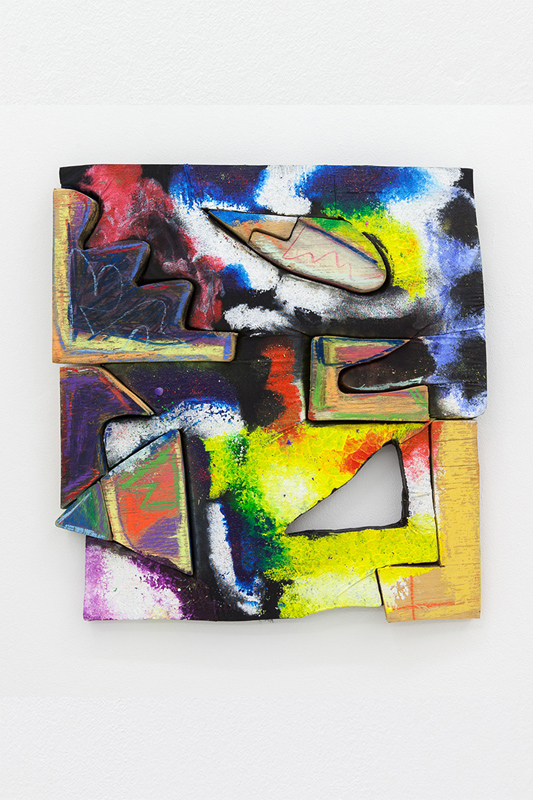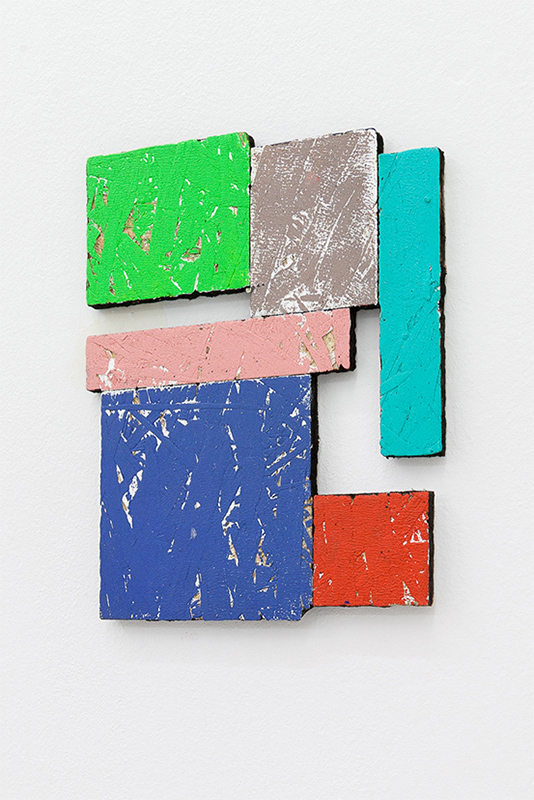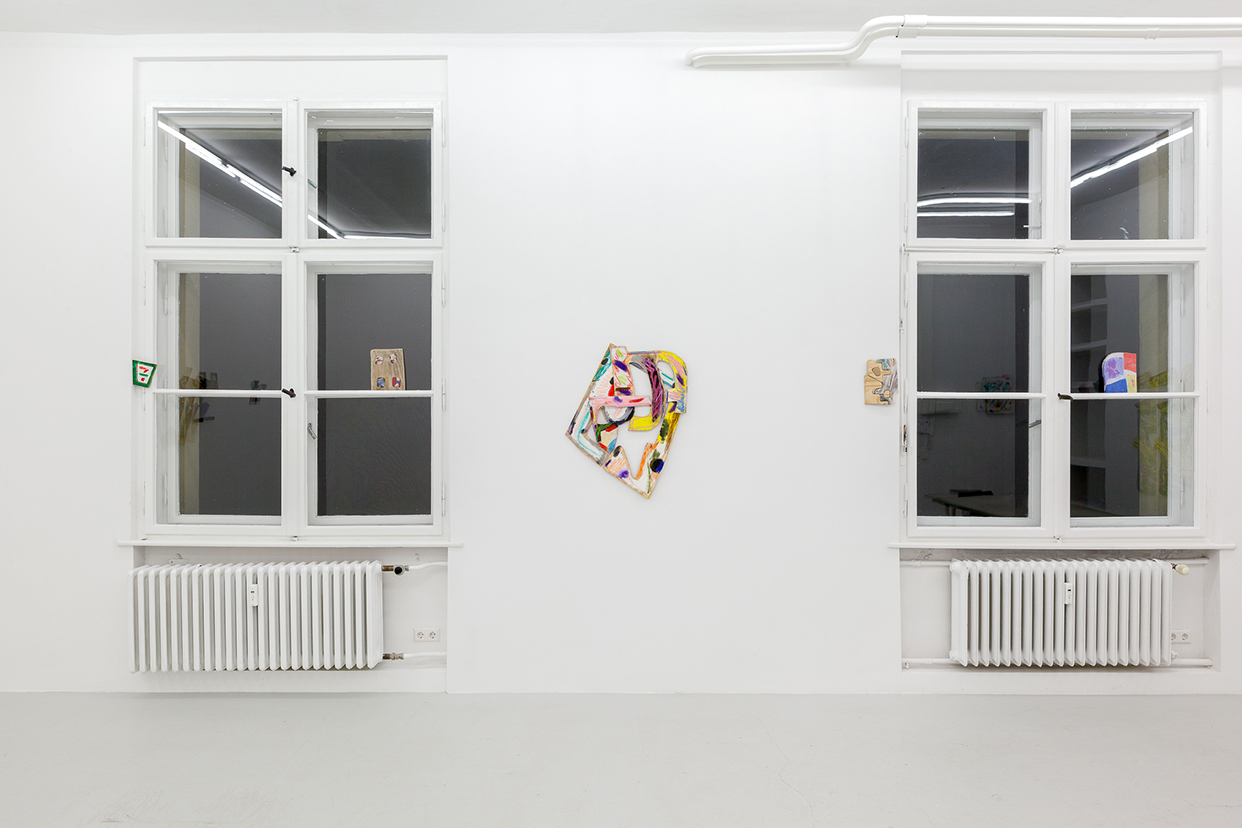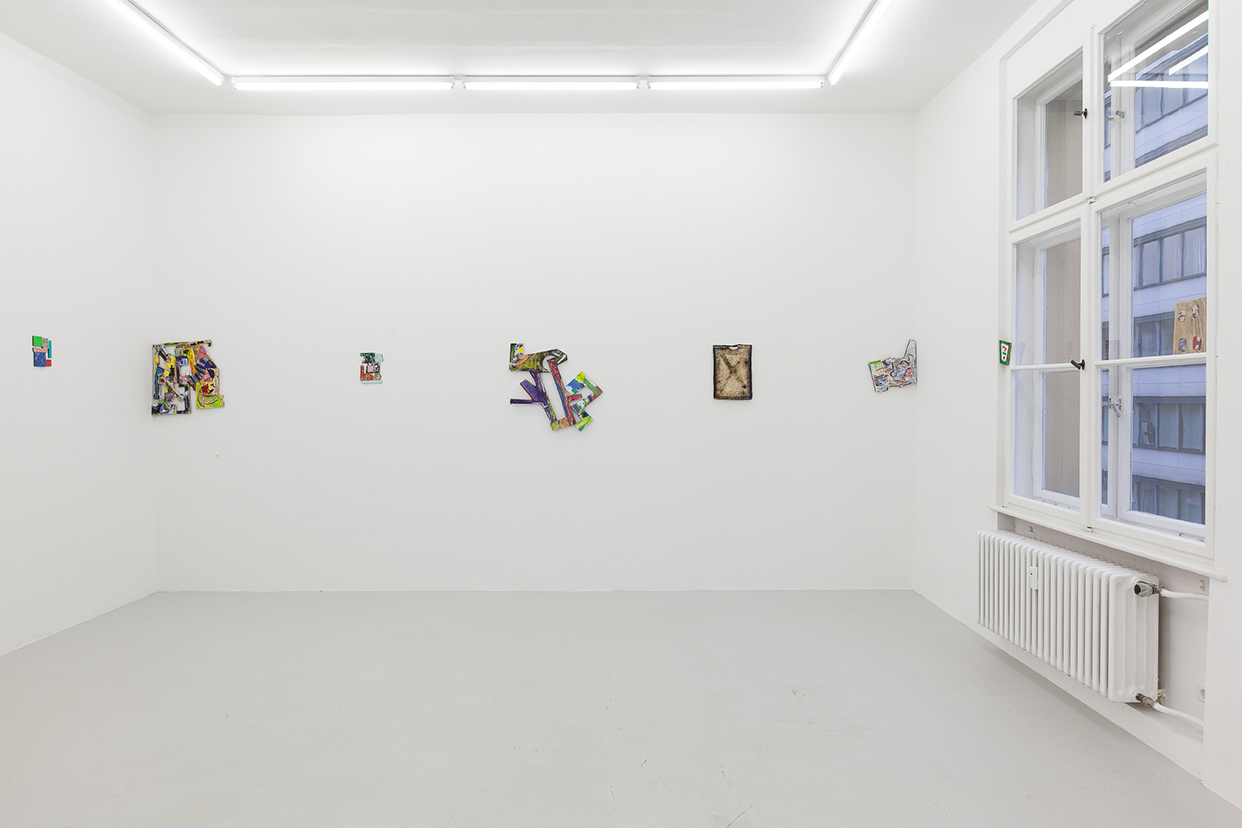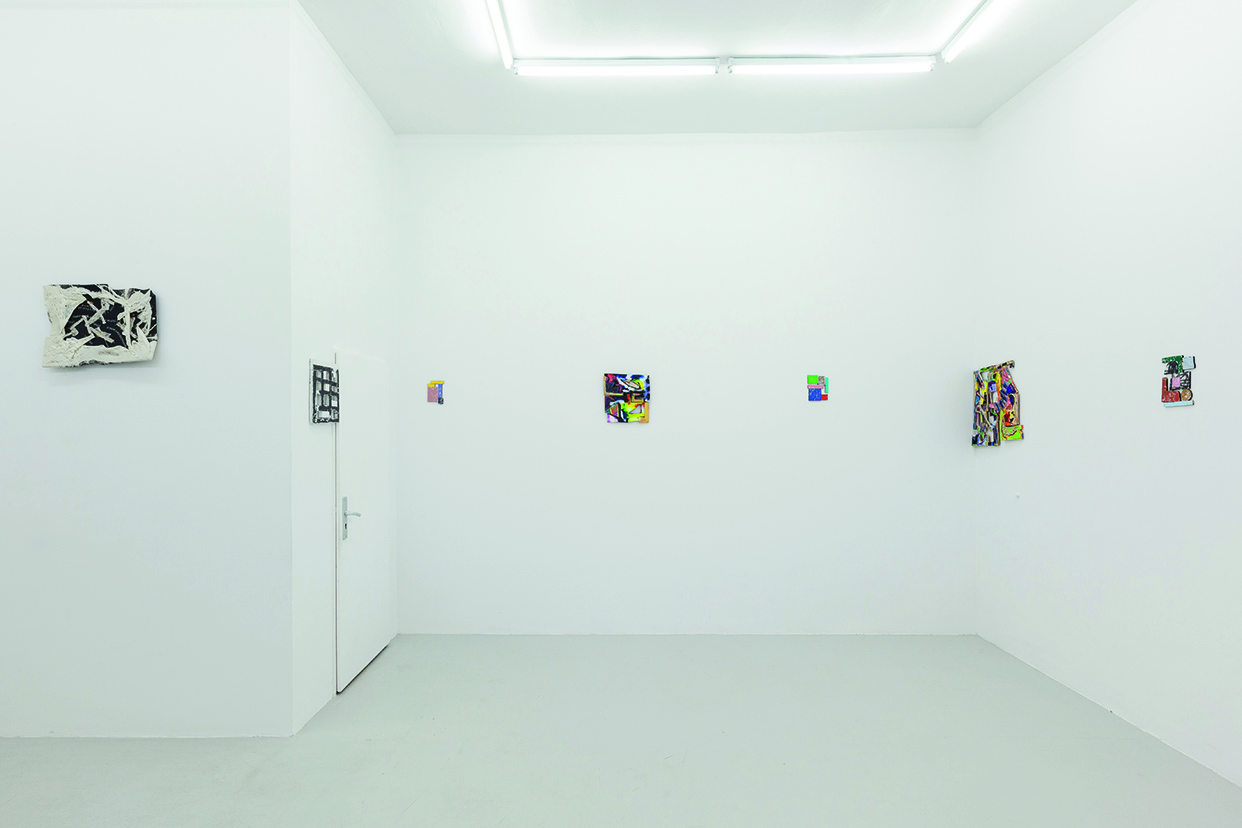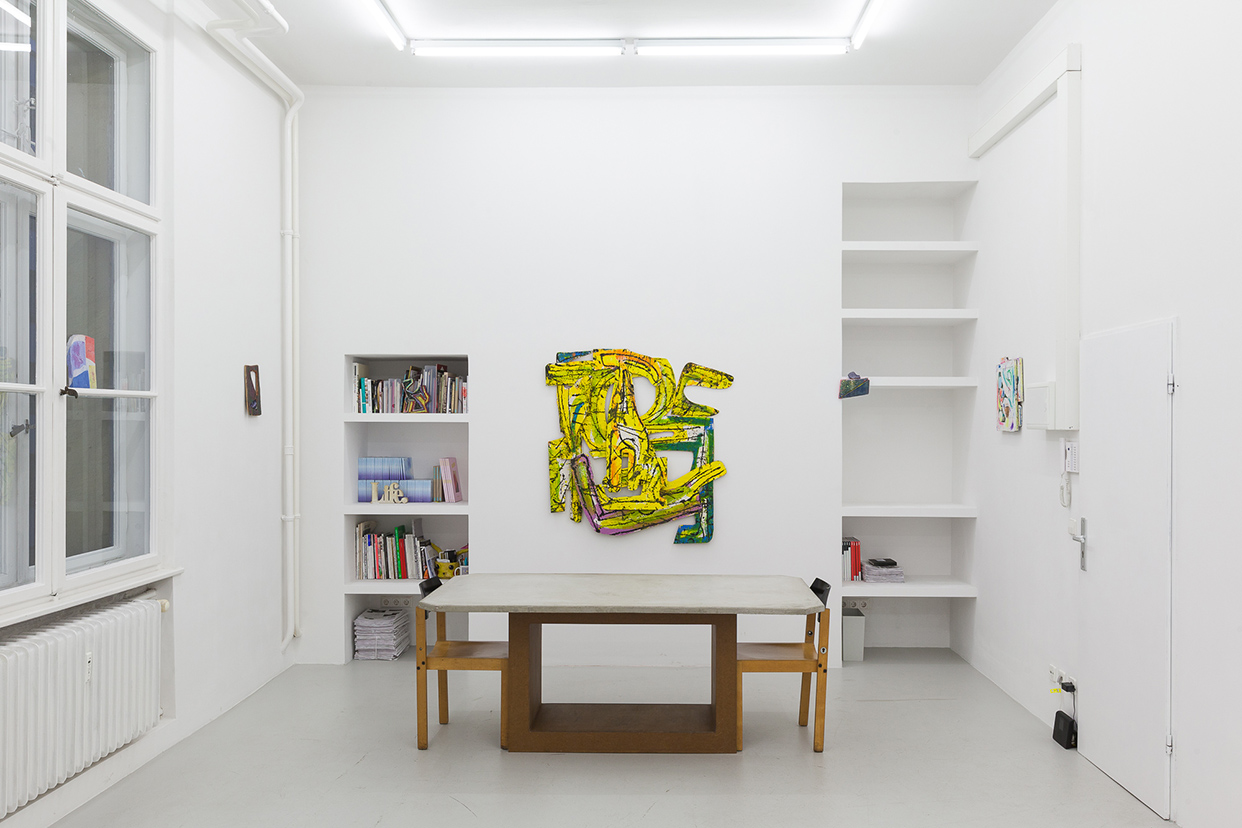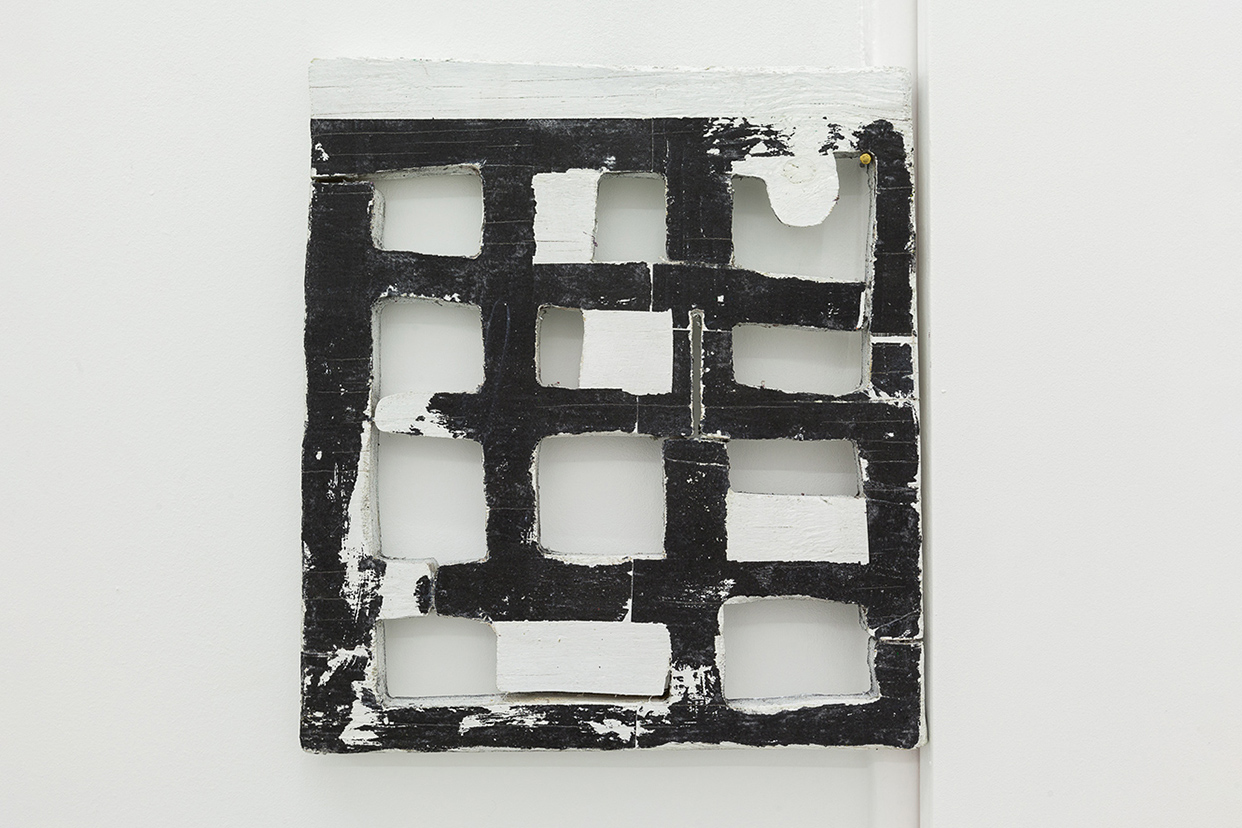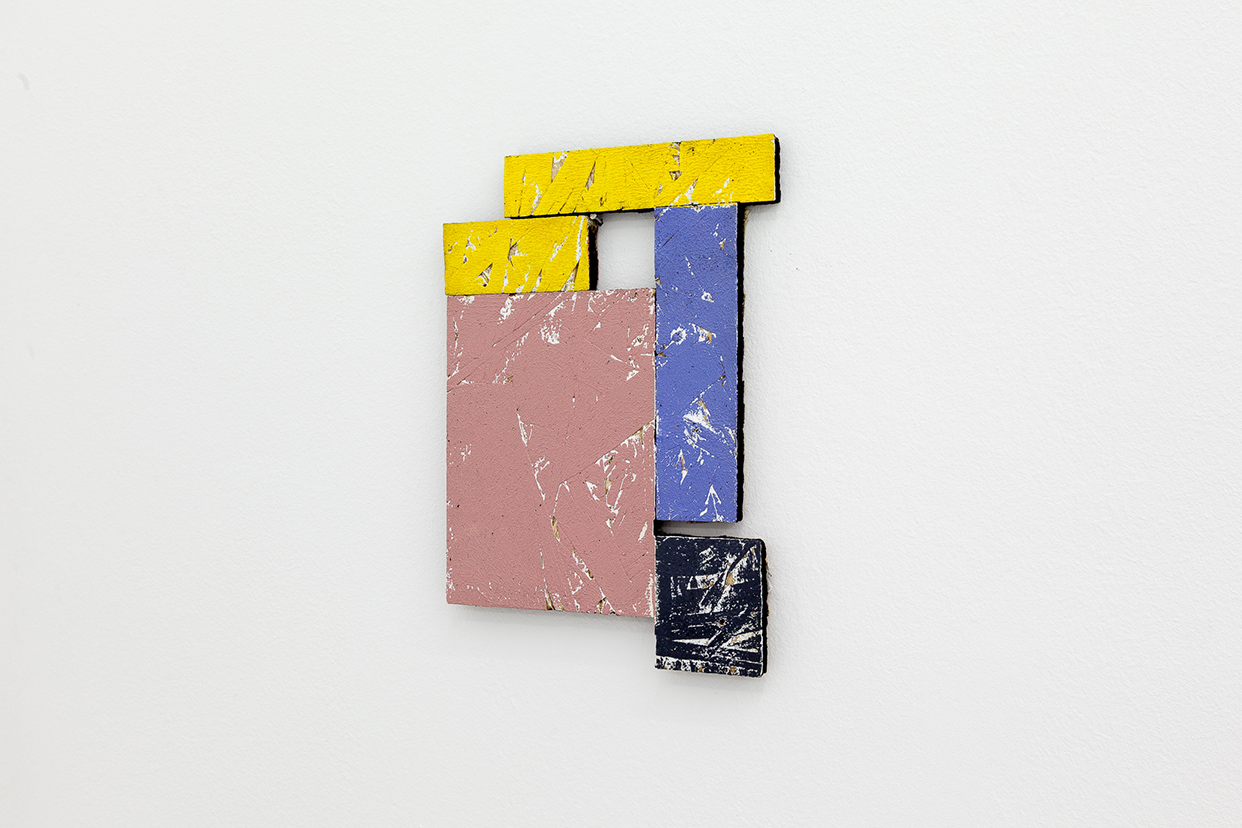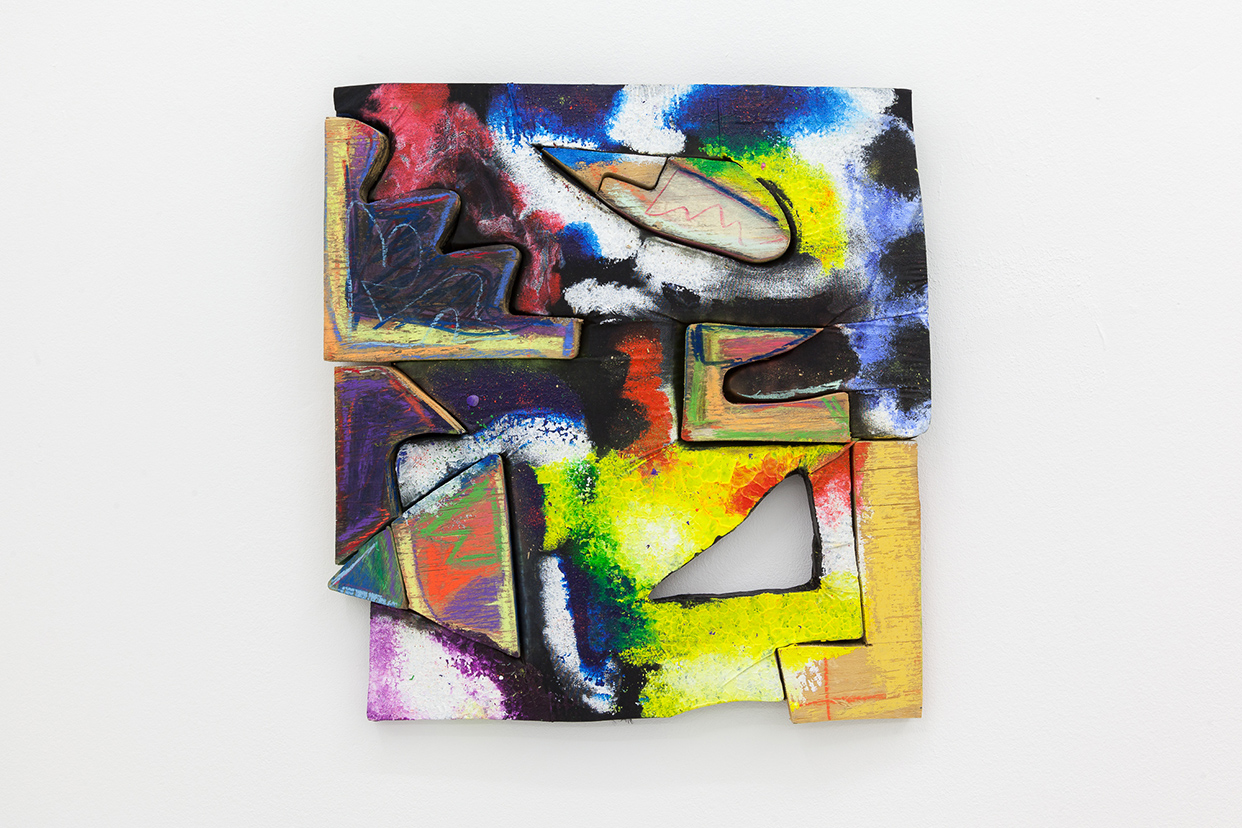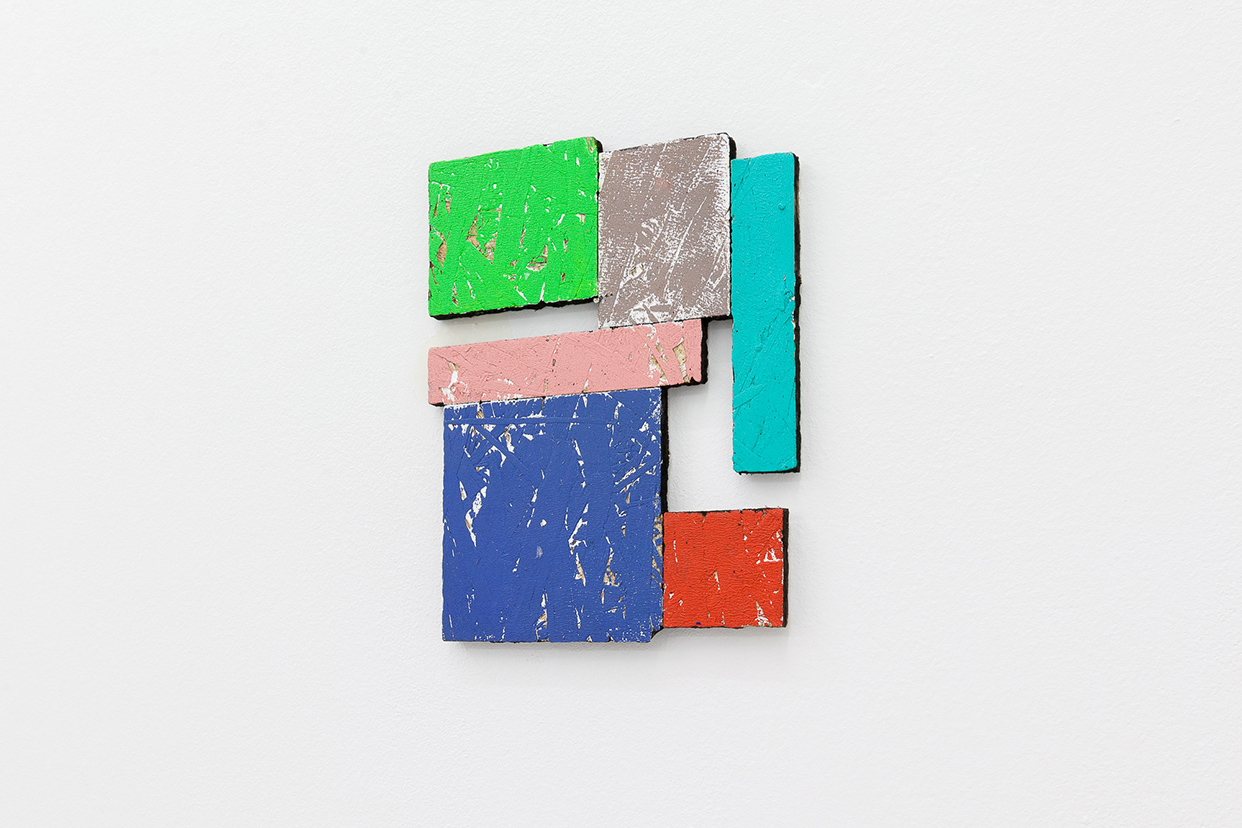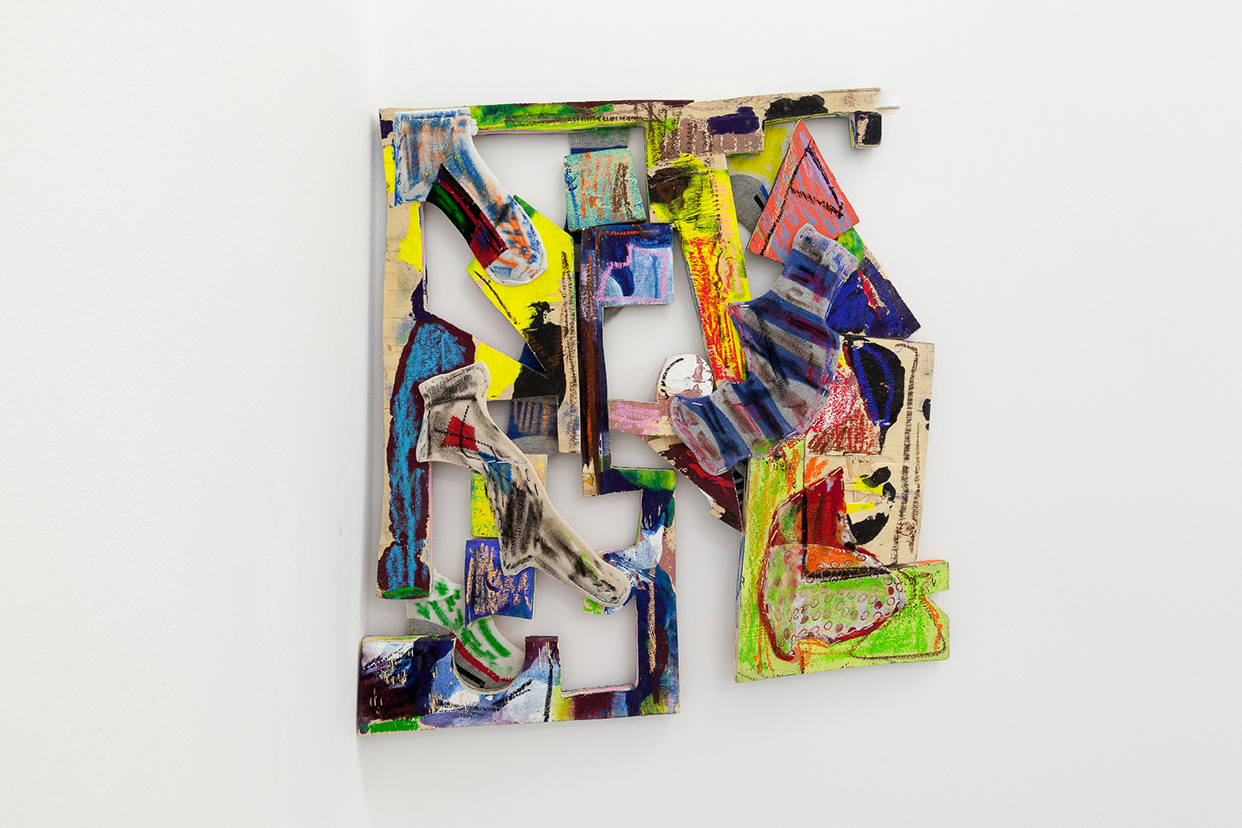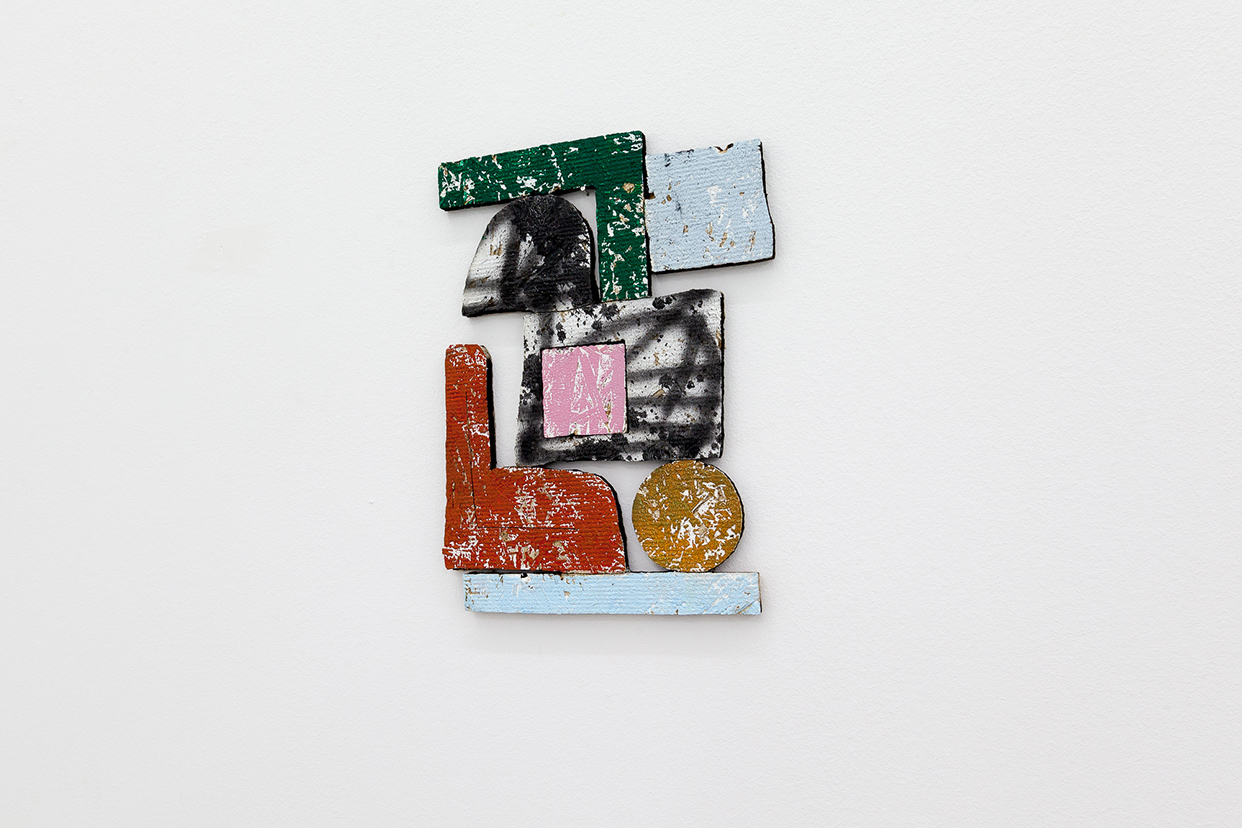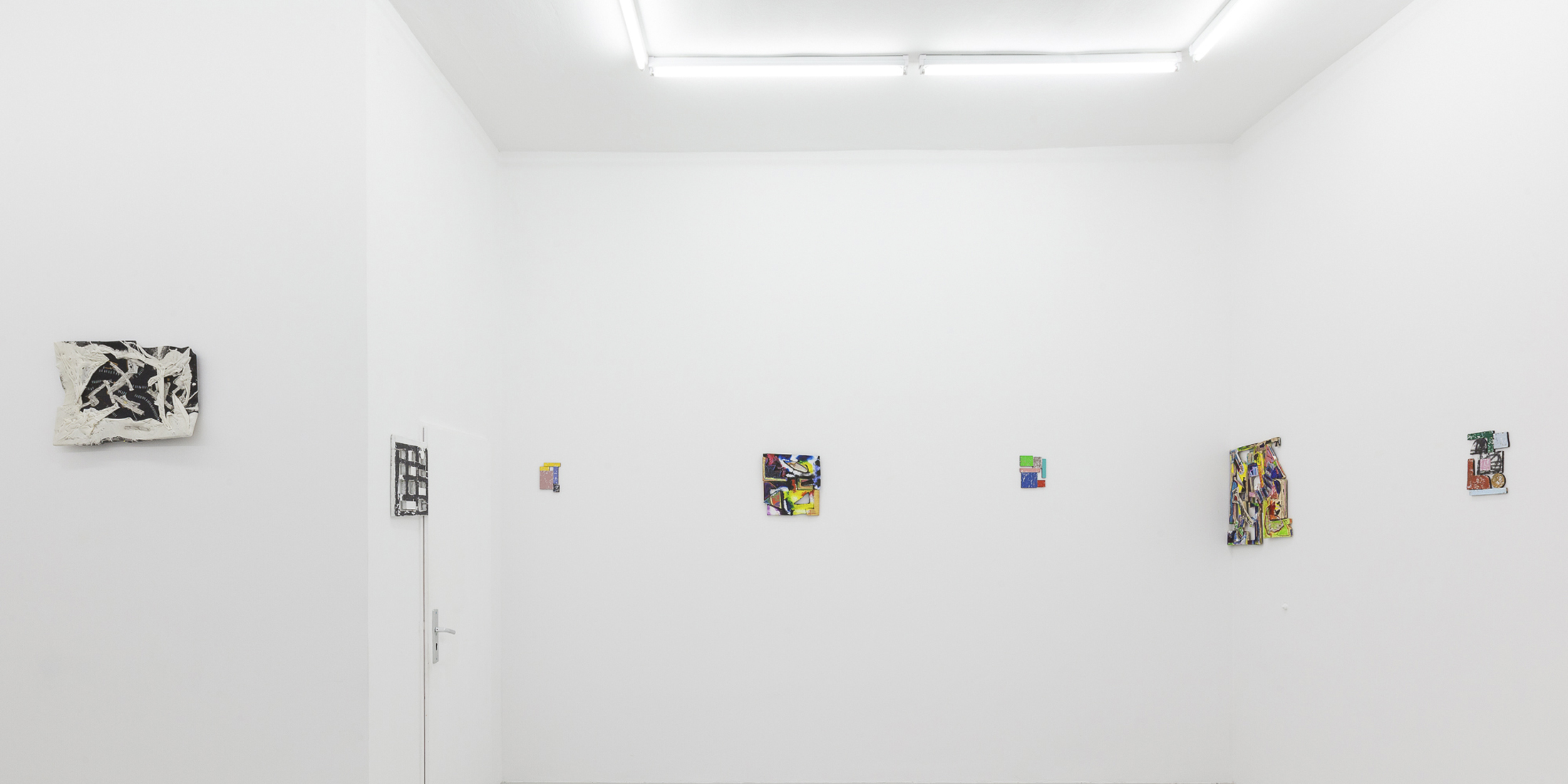
Keith Allyn Spencer – Share in Two Seconds if You Love Your Mom
28 November 2015 – 6 February 2016
Having exhibited Keith's work twice before, I felt it was fitting to his practice interview him, rather than write a press release… The full interview can be found HERE.
Artwork in my past programming, and much contemporary art production in general, there feels that there is a lack of touch. It being exported from a computer, printed, ordered as a ready made, or being produced by a production house etc. the physicality of it, and its relationship to the hand is detached. Your work by comparison feels the opposite, which is why I've found a specific interest in it. There is a great deal of “you” in the work. How do you relate to contemporary modes of production? What do you think about the “new”?
We know the hand is present, just not evident. When everything is glossy and refined, I too feel it detached and cold, lacking that human touch, but maybe that’s a false sense. Working heavily with digital technologies and/or outsourcing, if anything however, correlates directly to our time as a whole – walking and swiping screens, texting hellos, streaming content 24/7. Most of the choices we make are at the touch of a button anyway. I partake, too, and it’'s not that being in front of the screen is new, but direct access is so much easier. That work is most of us.
At times, it seems the value of the hand being clearly present equates to a high regard for craft – by an artisan, by hand and tools of a fading trade,, which I am not reveling in at all. To err is human, and I believe that's where my hand rests. Yet, I like to think about at what point is the hand lost? Or, maybe that's a concern between a literal and a figurative interpretation. They are all tools, means to ends: that paintbrush, that jigsaw, that pencil, that Adobe software, that expedient online shopping interface – allll used to combine choices. Nothing is completely from scratch. It is even unlikely cookies are, too. The tube of paint is a readymade. It really comes down to accessibility and immediacy – and I’m all for it.
Why do you choose wood, pastels, paint etc. when the laptop, photoshop, web, etc. are equally accessible and immediate?
Some newer digital technologies are incorporated into my work, but they definitely don't define it. Utilizing the web and imaging software is more an issue of professional pragmatics for me. These systems eventually get played with, tweaked and exploited, going from utility to art and back again: inserting props for artwork documentation (for scale), or animating them as GIFs (to reveal alternate installs), or Tweeting titles (as archive) and exaggerating media descriptions (what the heck!). These processes become part of the larger work altogether – it's not that the object is less important, it’s less self-important #RobertMorris.There must be something about the physicality of the material that is pleasant to be with. In some respect, working with the physical streamlines a path for instant gratification. I want to see the end already. I do believe in the power of the image, but something about the actual object, physically revealing itself before me is more rewarding. It's real and tangible, factual. Ironically, I wish to snap my fingers and make it happen.
Materials I often use like plywood boards covering potholes, acrylic paints abandoned by students, using full color sheets for Xerox transferring printed from the faculty lab, or using t-shirts taken from the lost-n-found all point to my immediate and readily available, which then expedites my desire for instantaneous relief. More so, there is a deeper, closer connection to my work and my personhood, along with my own position of power and privilege when materials are gathered this way. Besides, I would rather not take these opportunities for granted. I don't want to have to go out to buy art supplies. That, feels cold and detached.
I've been asked where you get your titles come from, they also seem to relate to this immediacy. How do you choose a title for a work?
Most of the times they are found snippets of text from all over: headlines, lyrics, inside jokes, social media lingo, hip-hop vernacular. Most recently, they're becoming short stories. I used to not use titles, always being that “untitled” artist, or the “untitled (short description)” artist. I didn't want to risk misleading the viewer or tainting unique reads of the work, didn’t want the title to ruin the painting, and maybe this mindset was in harmony with that older body of work. So, I did realize the potential of titles and how they can influence understanding, and I also understood them as a basic tool for bookkeeping, but then a shift occurred understanding the possibility to go beyond either.
Initially, I would start to scramble Jenny Holzer truisms to use. This probably came out of wanting my work to have some explicit political content, albeit hedging between wanting to make a stern stance and afraid to. Coming to the realization that the political was already inherent in making work, albeit implied, freed up the titles, just as I was freed from the previous series. The titles became that overt vehicle to relay my interests and experiences. Once a conscious decision was made to use and abuse the title – and not just utilize titles as descriptive information, but as possible artworks in their own right – a stronger, keener sensibility to await such text was formed. It's registered, then shared.
I know I know I know that everything points back to the objects, but I became really intrigued when and/or if, the titles can be that object, if the titles can have the same weight and value as I feel the objects have without them feeling beholden to the objects. Are they artworks, are they poems, titles, news or nonsense? I am not necessarily looking to be a writer, nor am I looking to be a painter. That which is unidentifiable is what I'm searching for.
For installing your exhibition here you decided to divide the wall space by 20, the amount of works we will show, resultingly each work is supported from the same point, (height and distance from the previous) which, because the works vary in size, shape and composition, dictates how they sit, e.g. which way up, and at which height, if the nail is at the bottom, side or middle of the work. This approach is to be inclusive of all space, not ignoring “difficult” areas of the gallery, rather celebrating them... it seems to be in harmony with your way of using materials, and even related to some titles you choose. Can you explain this further? It seems very caring to me.
What I am grateful for most with this body of work is that they turn any situation into a favorable one. To be fair, I am not sure how much of it is the work, per se, or if it's an attitude that the work provides me to take. Definitely, it is a reciprocal relationship. The works allow me to play with the space, any space, to disrupt it, and not take any spot for granted. These objects are in the position to take on any location – front and center, or the interstitial, eye-level or not. These objects are all-embracing and democratic, freedom filled, but with a sort of specificity that is bordered by my personal involvement.
If a work appears arbitrarily installed, it's not. They are not displayed just because. A system has been devised to get them there: a system such as highlighting architectural nuances that are not usually regarded for display. If I am present during install, then I am completely observant and sensitive to the space, and looking to exploit it, to show care for it.
Not being present calls for a plan to border between convention and carelessness. For me, it only makes sense to divide the entire perimeter of a venue equally to the number of works shown, with wall space including the storage door, windows, shelving area and so on – measuring/reading left to right, placing the hanging hardware where it must. The hung works indicate the space in a newfound manner,, beyond whatever I could have imagined, further incorporating chance to play a role without too much judgment.
You have also installed work in various places around your city, such as toy stores or clinics – how does this relate?
At some point, works pile up. They get wrapped up and boxed away awaiting a kind of second life. Art has the potential, small or large, to move people and I want mine to be out there moving. If the work is not available to be received, then it might as well die. They get installed in public places impermissibly, as gifts, not as a marketing gimmick. My work is never signed nor is there any contact info to get back to me. The chosen locations are particular to the places my family and I frequent. The spots where they hang inside are usually recognized in advance, again, indicating unutilized space, hidden in plain sight. I like there to be a bit of mystique about the work's arrival, what it is, and what should happen next. Imagining the fry cook or store clerk running into it completely intrigues me: pausing, wondering, then acting. I was them. I am them. Do they find value in it? Do they find it a burden? I am willing to bet they do.
KEITH ALLYN SPENCER THE COMPOSING ROOMS